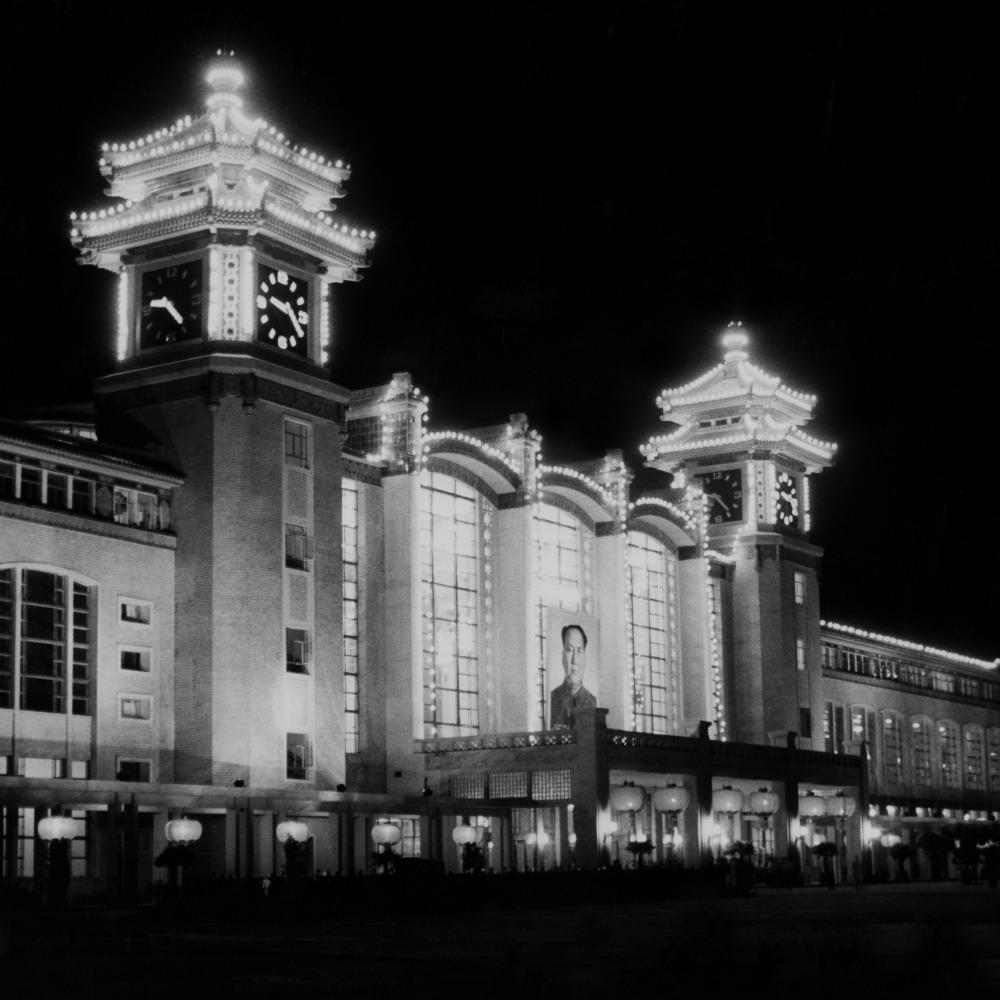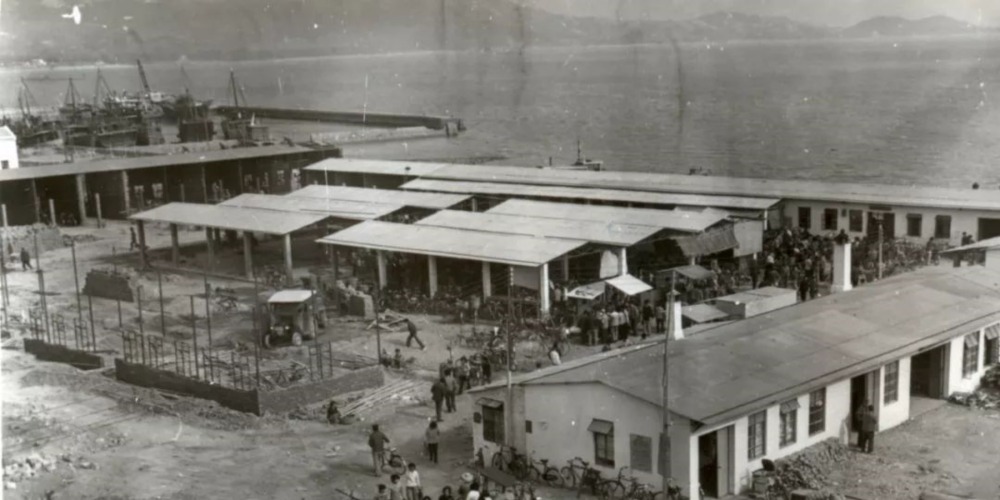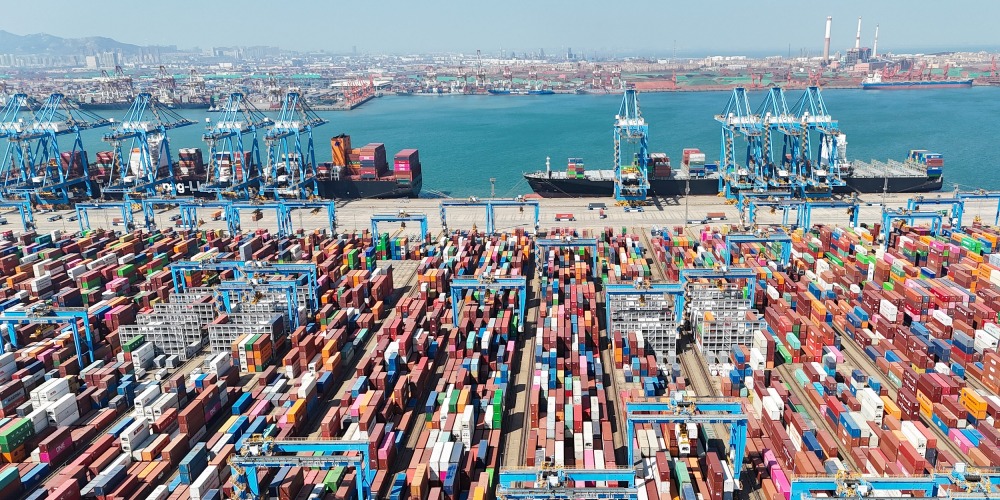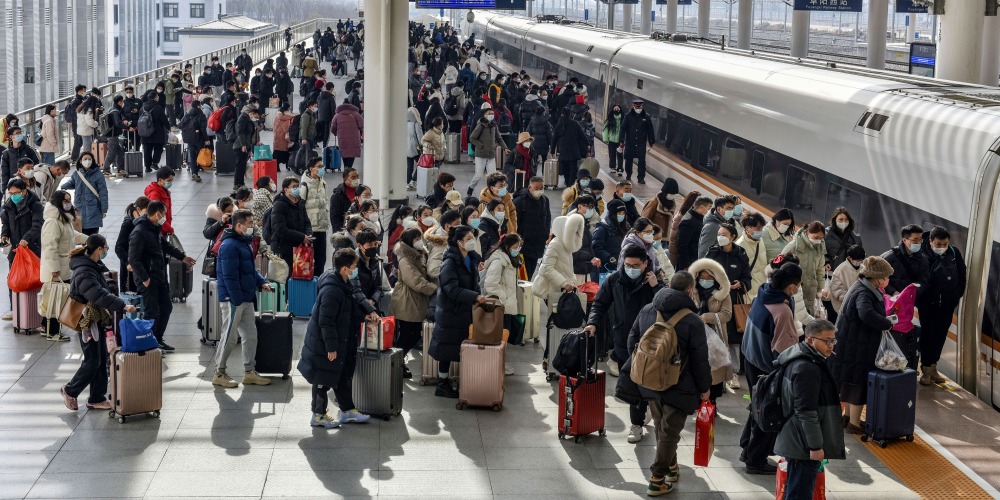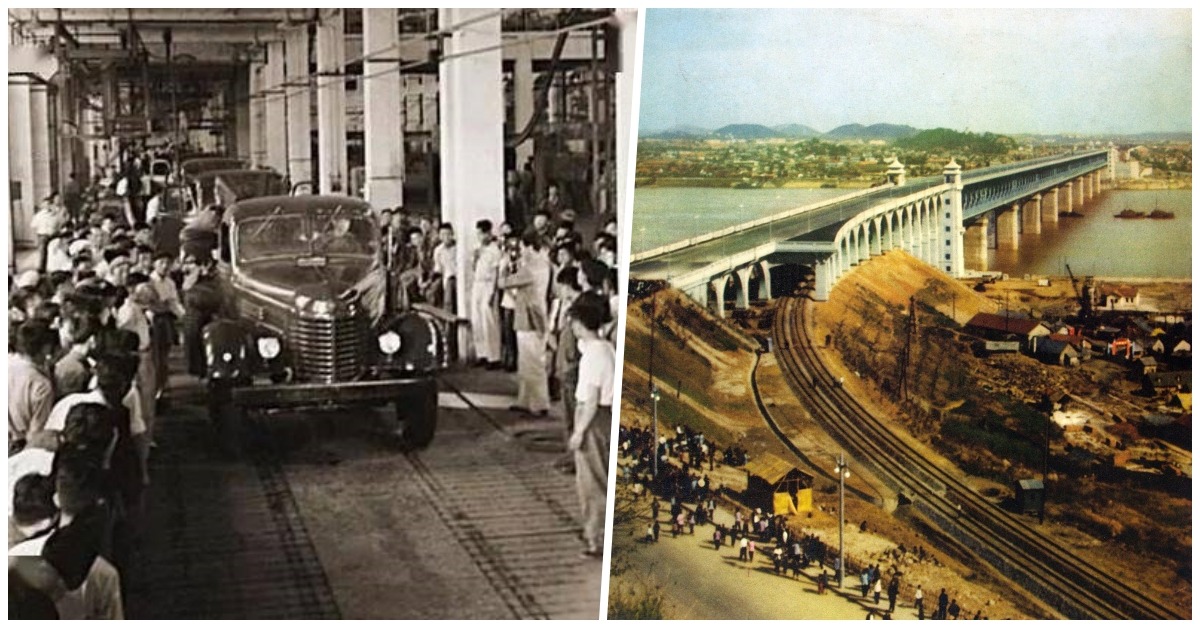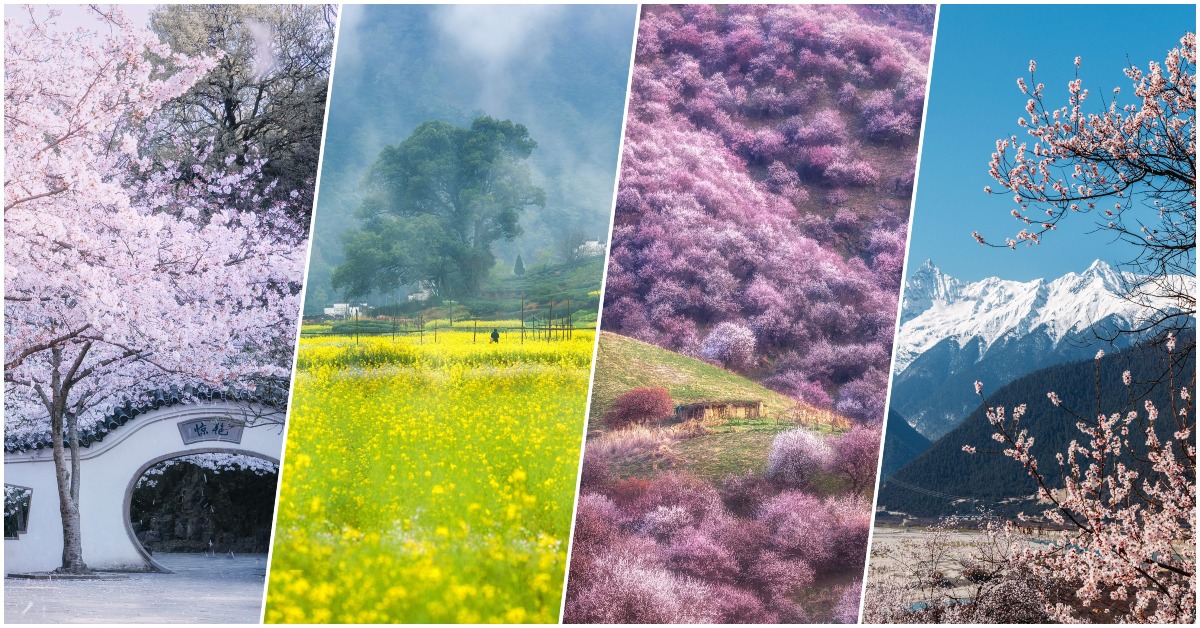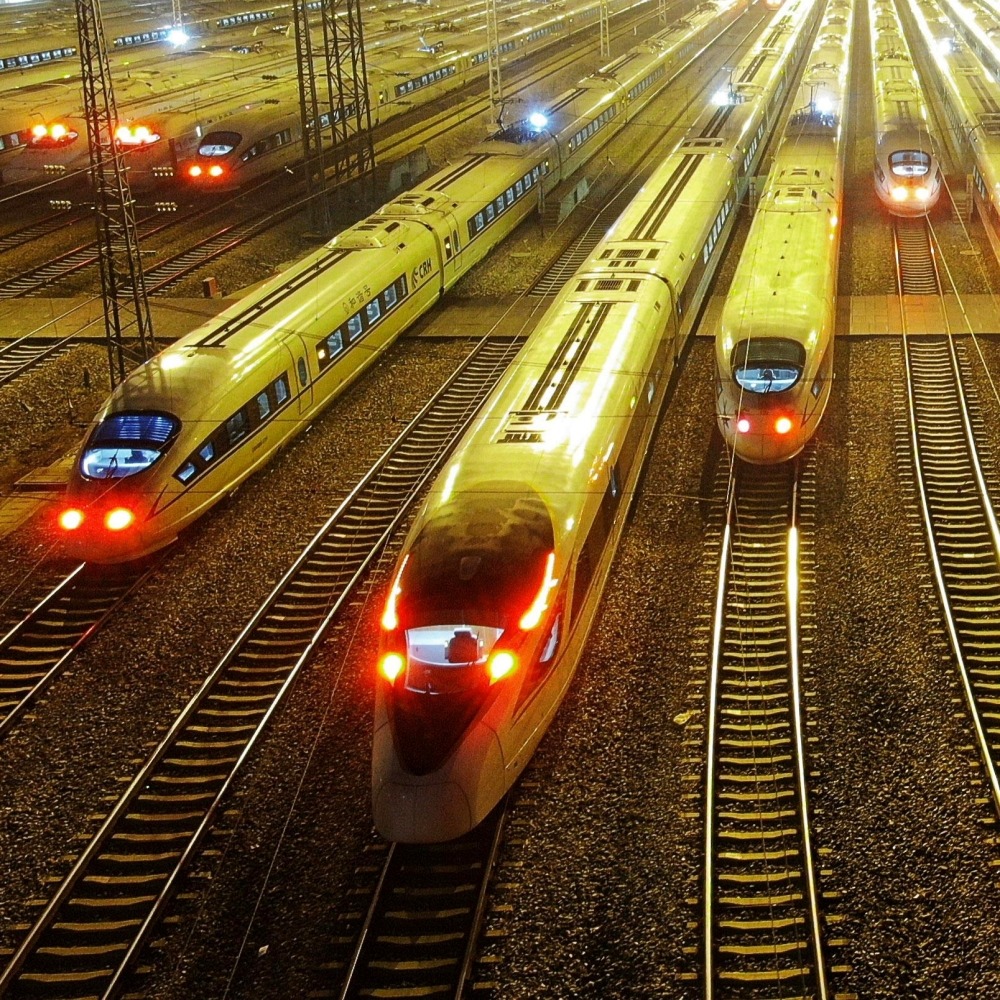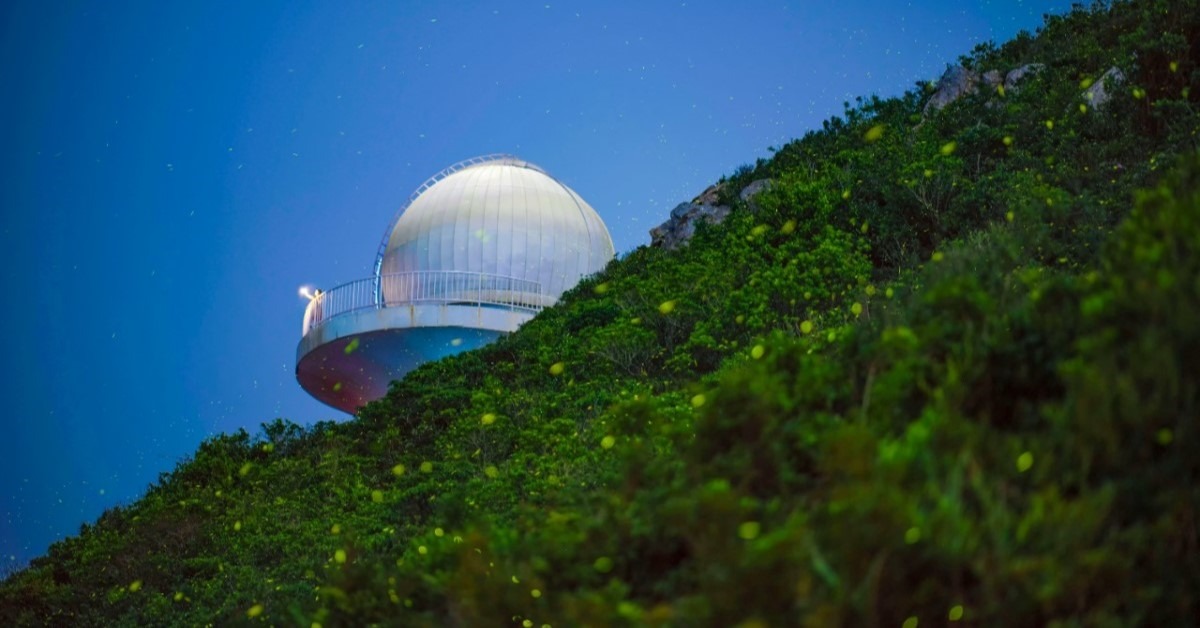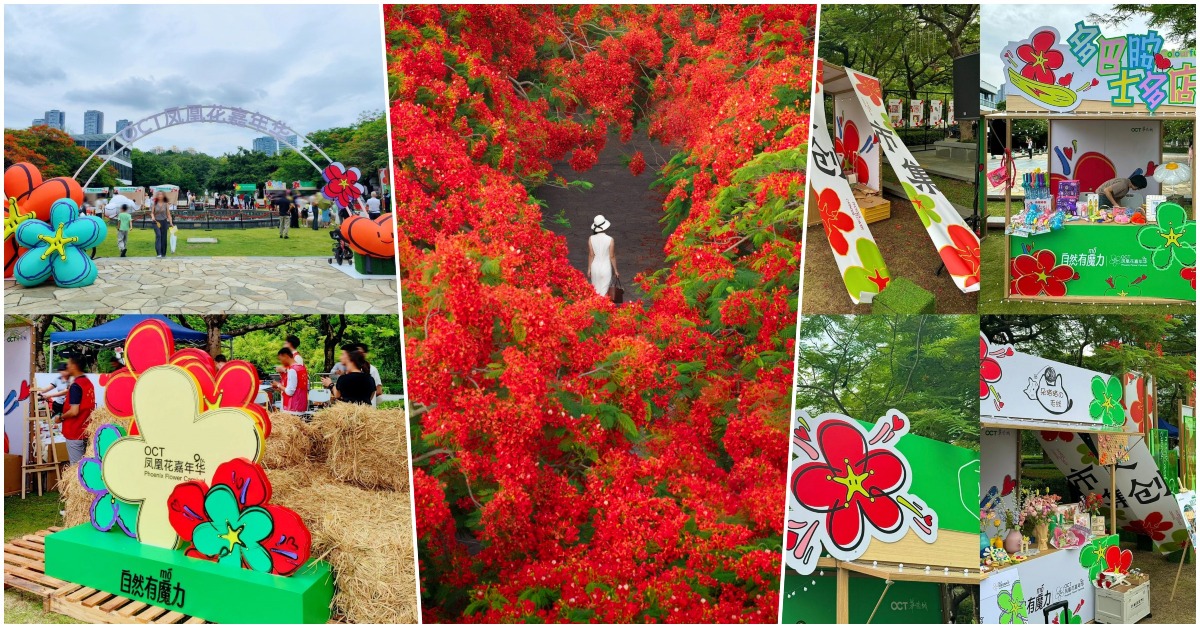Published : 2024-12-18
Known as China's "First Gateway" (第一國門), Beijing Capital International Airport (BCIA) began operations in 1958, making it the first civilian airport in the People's Republic of China.
As the second busiest airport in the world, BCIA handled over 100 million passengers in 2018, following Hartsfield-Jackson Atlanta International Airport (亞特蘭大國際機場) in the United States.
In the 2000s, considering the saturation of Terminals 1 and 2 and the need to host the 2008 Beijing Olympics, the State Council of China approved the construction of Terminal 3, and the renowned British architect Norman Foster, also the designer of Hong Kong International Airport, was invited to design it.
Norman Foster calculated carbon emissions before designing
With works spanning the globe, British architect Norman Foster is the 1999 winner of the Pritzker Prize, known as the "Nobel Prize of architecture".
He is also an airport construction expert, responsible for projects such as Hong Kong International Airport and Beijing Capital International Airport Terminal 3. Foster's works are characterised by modernism, in which glass and steel are often used.
In addition to focusing on creating space, Foster also places high importance on sustainability, "For me, sustainability is not just about trends, but a consistent principle."
There is a sustainability team in the architectural firm of Foster that would evaluate the total carbon emissions produced during the construction, usage, and renovation phases of a building before work even begins, which allows for carbon reduction decisions to be made during the design process.
These measures can be clearly seen in Terminal 3 of Beijing Capital International Airport, which was completed in 2008.
Read more: Norman Foster's iconic work of HSBC main building
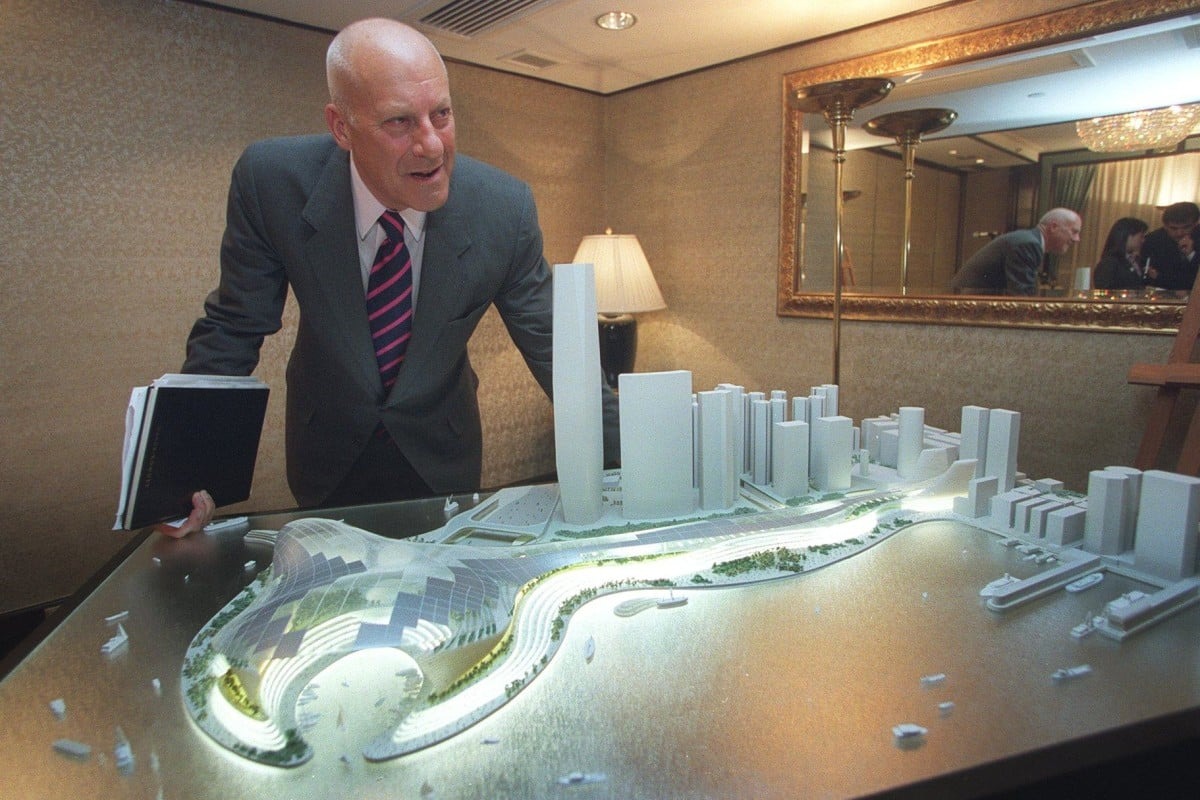
Beijing Capital International Airport Terminal 3 themed as a Chinese dragon
Designed by Norman Foster, Terminal 3 of Beijing Capital International Airport was completed before the opening of the 2008 Beijing Olympics, providing a modern and convenient gateway facility for travellers from around the world.
The theme of Terminal 3 is the Chinese dragon, or loong, predominantly featuring the red and yellow colours of The Forbidden City (紫禁城).
The spacious airport covers an area equivalent to 120 football fields, supported by striking red columns approximately 10 stories high, creating an imposing atmosphere.
Read more: Beijing Capital International Airport Terminal 3 commenced operations
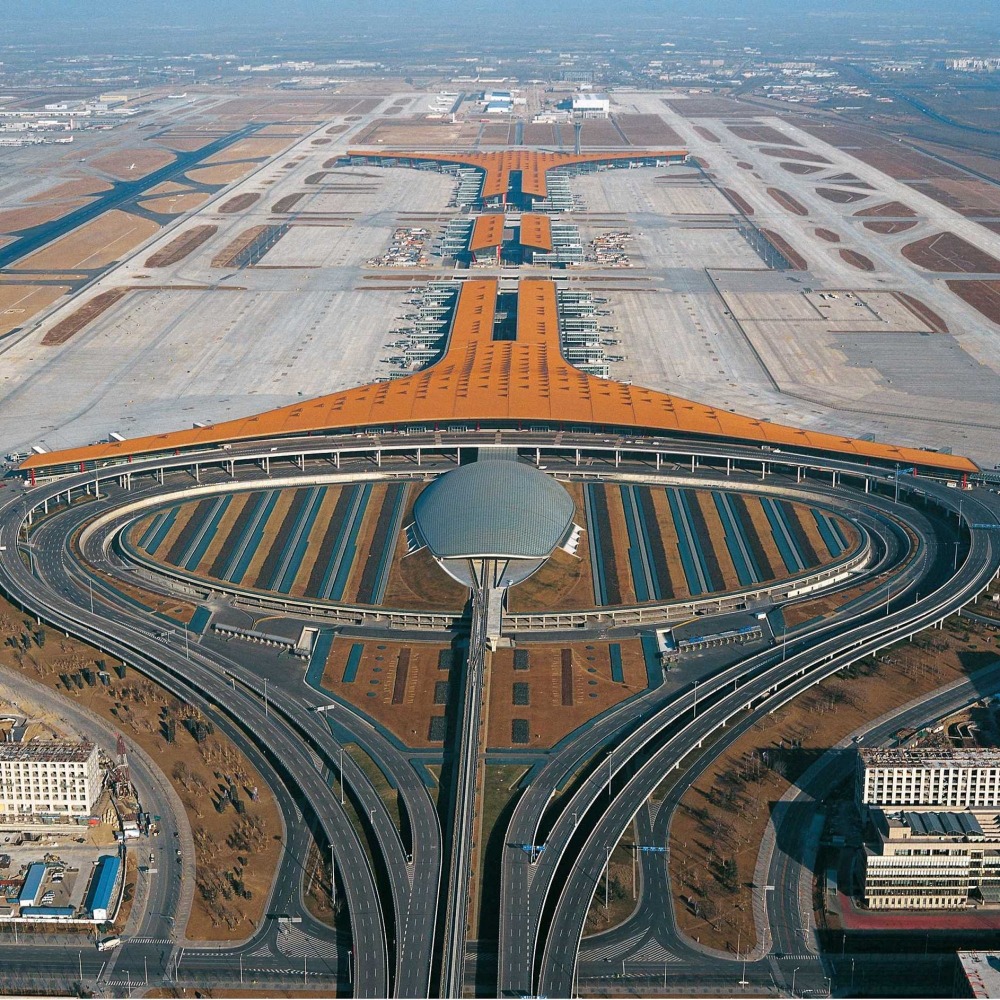
Beijing Capital International Airport's dragon-scale skylight provides better lightning
Norman Foster once said that Beijing Capital International Airport represents an evolution and transformation of his earlier works, including London Stansted Airport (倫敦史坦斯特機場) and Hong Kong International Airport.
As with his previous designs, Terminal 3 at Beijing Capital International Airport embodies Norman Foster's commitment to the use of high-tech materials and sustainable development.
For instance, the airport ceiling features 155 dragon-scale skylights, all facing southeast to facilitate lighting and avoid the sunlight from the west. These skylights can automatically open and close to aid ventilation and regulate indoor temperature.
The curtain walls are made of hollow coated glass, which provides heat and sound insulation. Huang Gang, Deputy General Manager of Beijing Capital Airport, once estimated that these energy-saving measures could save the airport 1.6 million kilowatts of electricity annually.
Read more: Beijing Daxing International Airport features numerous high-tech innovations
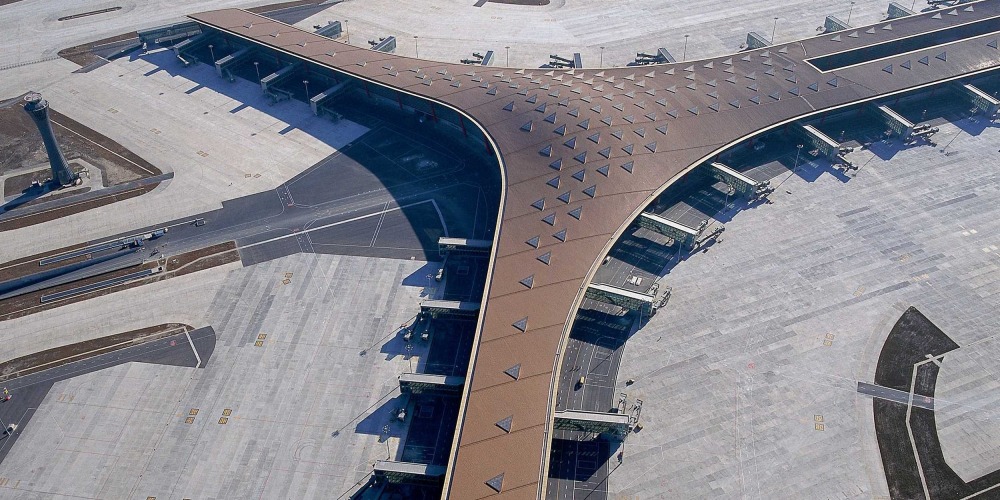
Beijing Capital International Airport's curtain wall tilting outwards
Norman Foster believes that the building itself must meet the needs of its users, especially in large public buildings such as airports.
There are many thoughtful details that hide in Terminal 3 of Beijing Capital Airport. For example, the curtain walls are not built vertically. They are actually tilted outwards by 15-degree angle, so passengers are not affected by indoor reflections on the glass.
The giant steel columns inside the building, which are several tens of metres high, not only support the ceiling but also conceal electrical wiring and rainwater pipes; the direction of the white strip ceiling panels, all running from south to north, forms a natural guidance system that gives travellers a sense of direction.
Read more: Where are the largest and smallest airports in China?
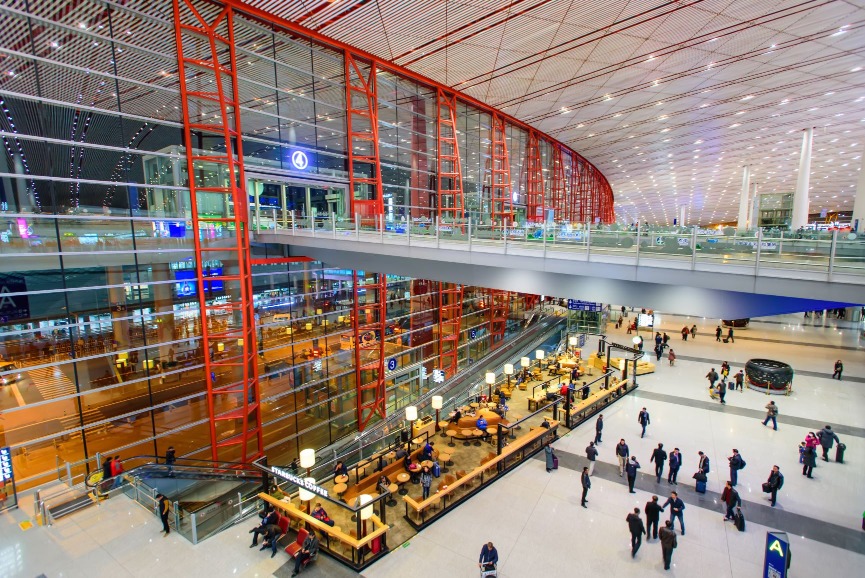
Beijing Capital Airport shows environmental wisdom of Norman Foster
In addition to energy-saving designs, the team of Norman Foster also implemented numerous eco-friendly measures from the start of the project.
Unlike typical infrastructure projects that only build temporary roads and drainage facilities during construction, Terminal 3 at Beijing Capital International Airport had nearby roads and drainage systems completed from the very beginning, significantly reducing dust and preventing wastewater runoff.
The construction of Terminal 3 at Beijing Capital Airport, which cost 27 billion CNY and covers an area of 1 million square metres, took four years to complete.
After it was put into service on February 29, 2008, the total number of taxiways at the airport increased from 71 to 137, and the number of aircraft stands doubled to 314, making it the largest single-terminal building in the world at the time.
Read more: Learn about the architect of The Peak Tower in Hong Kong


